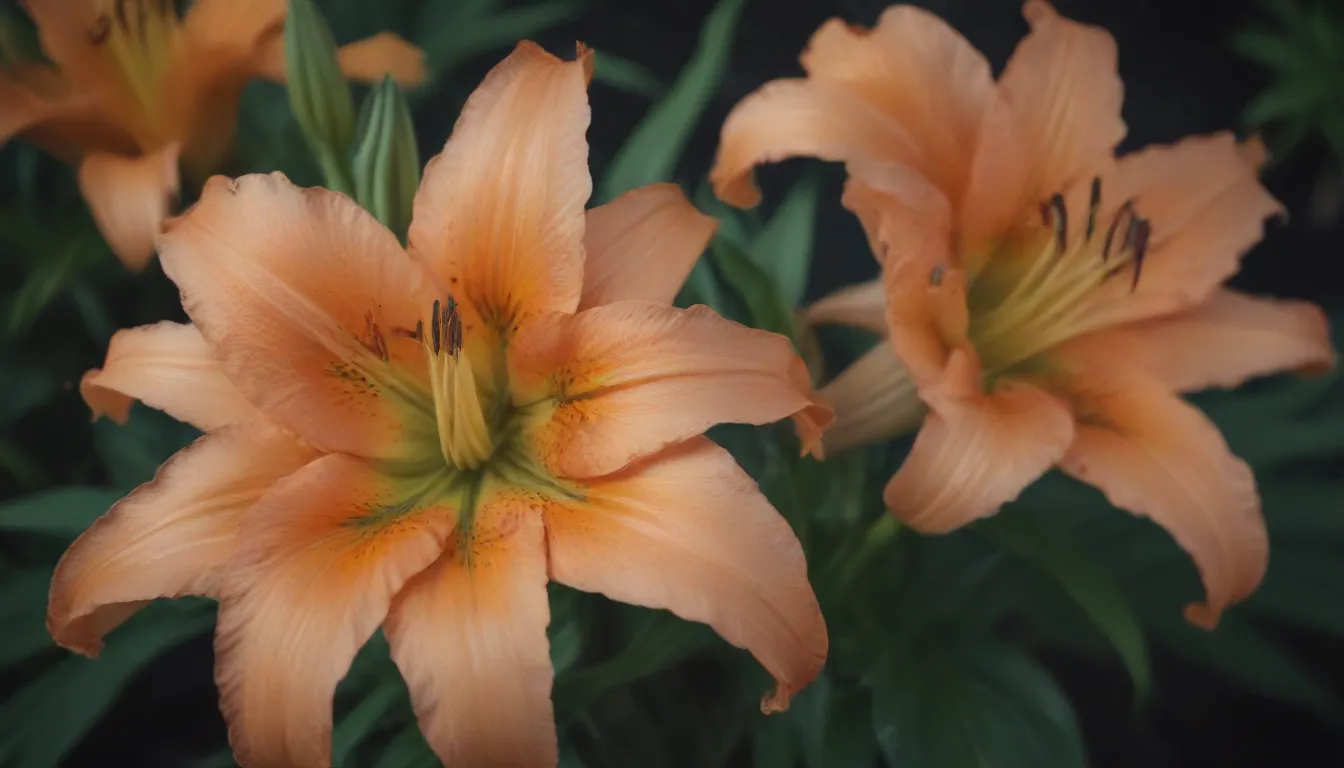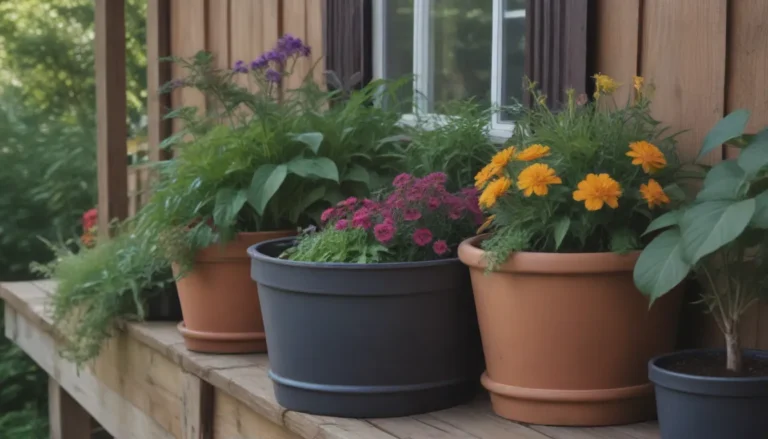The Ultimate Guide to Growing and Caring for Orange Lily (Lilium Bulbiferum)

Are you looking to add a pop of vibrant color to your garden? Orange lilies, also known as Lilium bulbiferum or Fire Lilies, are a fantastic choice. These herbaceous perennials bloom from May to July, adding beauty and fragrance to your outdoor space. In this comprehensive guide, we will explore everything you need to know about growing and caring for orange lilies.
Orange Lily Overview
Orange lilies are members of the genus Lilium and are native to Europe. These stunning flowers are characterized by their showy trumpet-shaped blooms that are pollinated by bees. They are commonly found in freshwater habitats and thrive in temperate climates such as USDA Zones 8 through 10, although they can also be grown in Zones 6 and 7.
Key Features of Orange Lily:
- Hermaphroditic with both male and female organs
- Showy trumpet-shaped blooms
- Forms bulbils on the stems
Orange Lily Care Tips
Light:
Orange lilies thrive in dappled sun or light summer shade. Plant them along a woodland garden sunny edge with their roots in the shade and heads in the sun to ensure optimal growth.
Soil:
Provide orange lilies with open, well-draining loamy soil that is rich in humus. While they can adapt to various soil types, they prefer soil that is rich and fertile.
Water:
Orange lilies have average watering needs. Water them about one inch a week while plants are growing, making sure to avoid overwatering as it can lead to rotting bulbs. Ensure that the soil is dry before watering again.
Fertilizer:
Feed your orange lilies a low-nitrogen blooming fertilizer such as 5-10-10 or 7-9-5 in the spring. This will help promote healthy growth and vibrant blooms. Water the fertilizer well into the soil after application.
Tip: Choose a fertilizer that is low in nitrogen to focus nutrients on flower growth rather than leaf development.
Pruning and Propagating Orange Lily
Pruning:
After the plant has finished blooming in the fall, prune old leaves to promote new growth. This will help keep the plant healthy and vigorous for the next growing season.
Propagating:
There are several methods for propagating orange lilies:
– Gather bulbils in late summer and pot them in a greenhouse until they are ready to be transplanted outdoors.
– Divide young bulbs in the autumn when plants are dormant.
– Remove bulb scales from mother bulbs and keep them in a warm, dark place until they produce bulbets.
Tip: Propagating from bulbils is an easy way to expand your orange lily collection.
Growing Orange Lily from Seed
Opinions on growing orange lilies from seed vary, but here are some tips to consider:
– Sow seeds in a cold frame when ripe for best results.
– Seeds may need to go through a warm/cold/warm stratification cycle to germinate.
– Plant seeds in a fertile medium in cool, shady conditions for optimal growth.
Tip: Growing orange lilies from seed can be a rewarding experience, but it requires patience and diligence.
Common Pests and Diseases
Orange lilies are relatively resilient, but they can be susceptible to pests and diseases:
– Protect plants from slugs in early spring to prevent damage to new growth.
– Watch out for aphids, which can infest orange lilies.
Tip: Regularly inspect your plants for signs of pests and diseases to address them promptly.
Conclusion
Orange lilies are beautiful, fragrant flowers that can brighten up any garden. By following the care tips outlined in this guide, you can enjoy vibrant blooms and healthy plants year after year. Whether you’re a seasoned gardener or a beginner, growing orange lilies is a rewarding experience that will bring joy to your outdoor space.
For more information on orange lilies, check out these resources:
– Encyclopedia of Life: Orange Lily
– Lady Bird Johnson Wildflower Center: Orange Lily
– Gardenology.org: Lilium Bulbiferum
Remember to plant your orange lilies in a sunny spot with well-draining soil, water them regularly, and feed them with a blooming fertilizer to keep them healthy and vibrant. Happy gardening!





